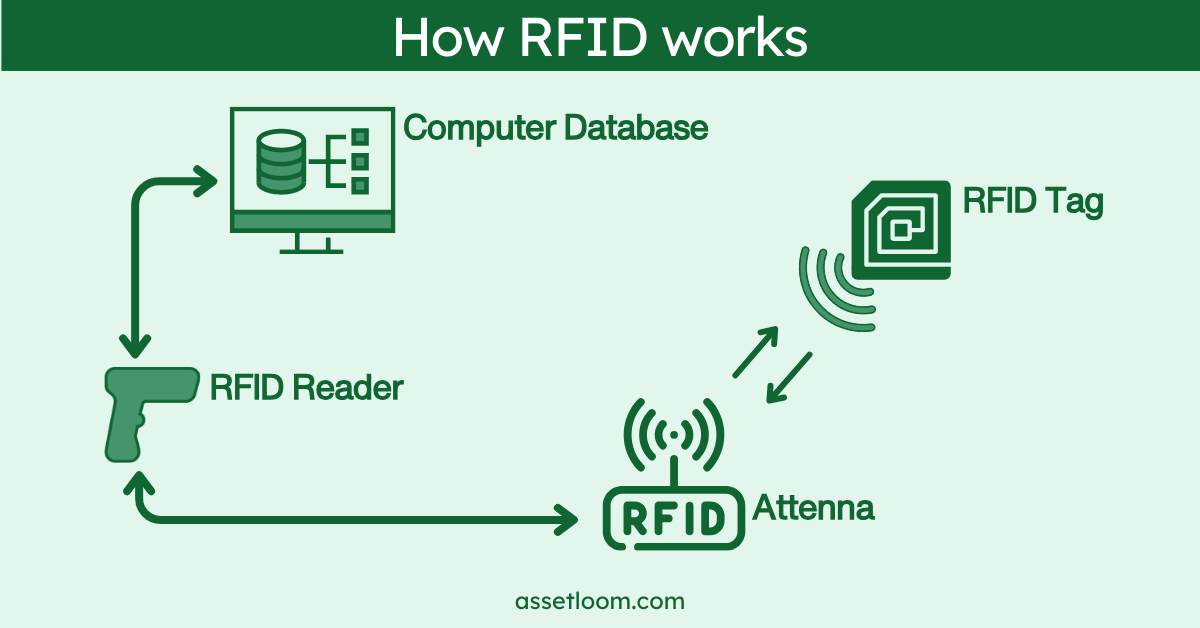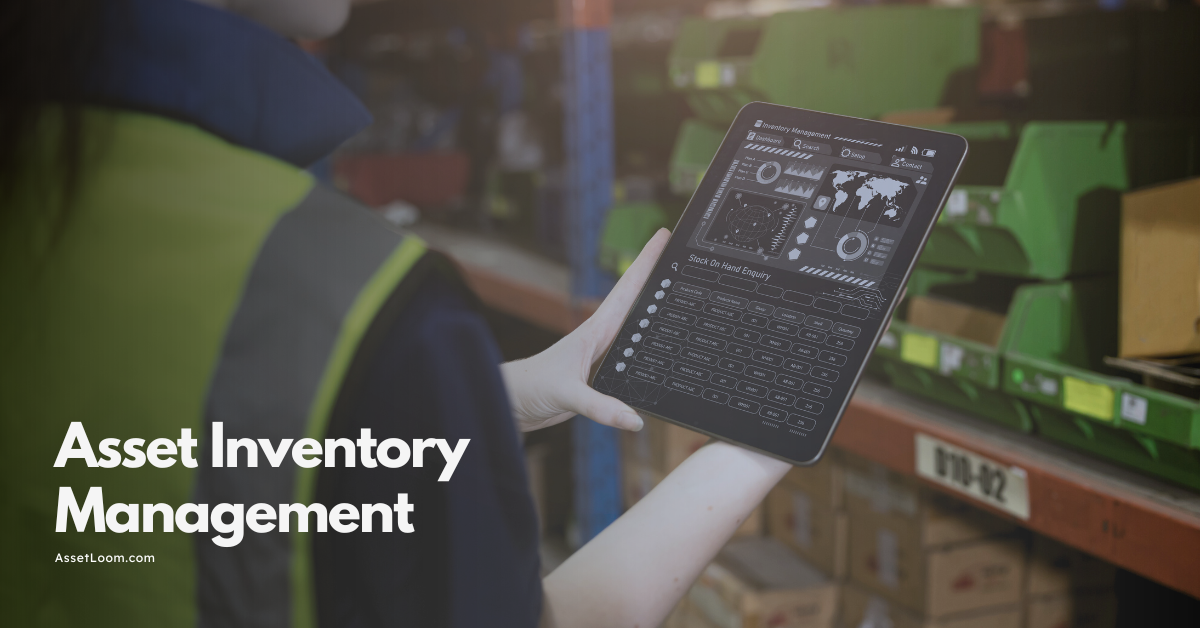Mastering IT Asset Tracking: Your key to security and efficiency
Discover the basics of IT asset tracking and see how it unlocks efficient, secure operations for your organization.
IT asset tracking is the foundation of a secure, cost-efficient, and compliant organization. Without it, companies risk losing critical devices, exposing sensitive data, and overspending on duplicate hardware or software.
Modern organizations depend on technology at every level, making accurate visibility into their assets key to long-term success. Knowing exactly what you own and where it is can transform how your business operates.
This article explains the basics of IT asset tracking, how it differs from IT asset management, and the key benefits it offers to organizations of all sizes.
What is IT asset tracking?
IT asset tracking is the process of organizing and monitoring a company’s technology resources. It involves collecting important details such as purchase dates, hardware specifications, software licenses, and usage data, all stored in a centralized system.
This data is kept up to date, either automatically or manually, giving stakeholders real-time insights into each asset’s status, location, and performance.
An essential part of IT asset tracking is managing assets throughout their entire lifecycle. From acquisition to retirement, accurate tracking helps businesses control costs, simplify maintenance, and maintain compliance.
Types of IT asset tracking
The methods for tracking IT assets have evolved significantly, ranging from rudimentary manual approaches to sophisticated automated systems.
1. Manual tracking
The original approach to tracking, manual tracking, relies on spreadsheets and paper logs. While it may seem simple and cost-effective at first, it is prone to errors, time-consuming, and lacks real-time visibility.
Updating records manually becomes a tedious task, often leading to outdated and unreliable data.
2. Barcode and QR code scanning
To improve accuracy with minimal effort, many organizations use barcode and QR code scanning for IT asset tracking. This method adds a layer of automation by tagging each asset with a scannable code that can be read using handheld devices or smartphones.
Although this approach is more accurate than manual spreadsheets and relatively affordable, it still requires manual scanning. It also depends on line-of-sight access to each tag, which can make it less efficient in large or crowded environments.
3. RFID (Radio-Frequency Identification) tracking
The RFID technology has taken asset tracking to a new level. RFID tags attached to assets can communicate wirelessly with readers using radio waves. This enables real-time monitoring without requiring line of sight.

Imagine walking through a room and instantly knowing the location and status of all RFID-tagged assets within range. RFID offers automation, faster tracking, and continuous monitoring.
However, it does come with a higher initial cost and can be affected by signal interference in certain environments.
4. GPS (Global Positioning System) tracking
This is also referred to as Tracking Assets on the Move. For assets that are frequently moved or used in the field, like mobile devices carried by field technicians, GPS tracking is invaluable. GPS tags transmit real-time location data to a central system, providing accurate tracking over large areas.
This method is perfect for monitoring assets in transit or ensuring accountability for off-site equipment. However, GPS tags are battery-powered and can increase the overall cost.
5. Bluetooth beacon tracking
In indoor environments where GPS signals are weak or unreliable, Bluetooth beacon tracking provides a cost-effective alternative. Bluetooth beacons emit signals that are detected by receivers placed strategically throughout a facility.
This technology delivers accurate indoor location tracking, making it ideal for offices, warehouses, and data centers. It is energy-efficient and affordable, but its range is limited, and accuracy depends on how densely the beacons are installed.
Difference between IT asset tracking and IT asset management
It is crucial to understand that IT asset tracking is often discussed alongside IT Asset Management (ITAM), but they are not the same thing. ITAM is a far broader discipline.
IT Asset Management (ITAM) takes a holistic approach to managing technology resources throughout their entire lifecycle. It involves planning, procuring, deploying, maintaining, using, and eventually retiring IT assets to maximize value and reduce costs. In simple terms, ITAM is the overall strategy for managing all IT resources efficiently and effectively.
![]()
On the other hand, IT asset tracking is a more focused subset of ITAM. Its primary focus is on the operational aspects of knowing the real-time location, status, and inventory of IT assets. It's a foundational component that enables effective ITAM. You can't effectively manage your assets throughout their lifecycle if you don't even know where they are or what condition they're in.
Benefits of tracking IT assets
Implementing IT asset tracking is not just about keeping tabs on equipment. It unlocks a wealth of benefits across various aspects of an organization.
1. Cost reduction and budget optimization
One of the key benefits of IT asset tracking is its ability to reduce costs and optimize budgets. By maintaining an up-to-date, real-time inventory of your organization’s IT resources, you can avoid purchasing duplicate hardware or software licenses.
Tracking usage patterns across devices and applications helps identify underutilized or dormant assets. These can then be reassigned or decommissioned, freeing up funds for more important needs. Additionally, having detailed data on each asset’s life cycle, from procurement to disposal, enables more accurate forecasting of future expenses.
As a result, IT budgets can be allocated more effectively, maximizing returns on technology investments and ensuring funds are directed toward critical resources.
2. Enhanced security and compliance
IT asset tracking plays a crucial role in boosting security and maintaining regulatory compliance. With a comprehensive view of all hardware, software, and cloud services in use, it’s easier to spot outdated or unauthorized devices that might pose security risks.
This visibility enables IT teams to take timely action, such as installing critical updates or removing end-of-life equipment before vulnerabilities are exploited. Furthermore, accurate tracking makes it easier to demonstrate compliance with industry regulations or internal policies. Auditors can quickly verify the status and location of each asset, ensuring smooth audits.
In essence, a well-maintained asset tracking system provides the data needed to protect your infrastructure and sensitive information.
3. Efficient maintenance and support
A strong asset tracking system makes maintenance and support easier by providing real-time insights into device performance and ownership. When a device fails or a software license is about to expire, automated alerts notify the right people before problems escalate.
This proactive approach reduces downtime and keeps operations running smoothly. Support teams can quickly access service history, warranty details, and user information, which shortens troubleshooting time. With accurate records available, maintenance can be better planned, creating a more reliable IT environment and faster issue resolution.
4. Better decision-making
Effective IT asset tracking provides a wealth of data that aids in decision-making at both operational and strategic levels. Real-time information on device and software usage helps IT leaders spot trends, like peak usage times or performance bottlenecks.
With these insights, IT leaders can make informed decisions about when to scale resources, renegotiate vendor contracts, or prioritize technology upgrades. Metrics like total cost of ownership and return on investment help identify which assets deliver value and which may need replacement.
Overall, a data-driven approach to asset management leads to smarter technology investments and quicker responses to evolving business needs.
5. Improved accountability and transparency
IT asset tracking fosters accountability and transparency across the organization by clearly defining who is responsible for each device or software license. This reduces the risk of losses, theft, and unauthorized usage, as unaccounted-for or unlicensed resources are quickly flagged.
Teams can collaborate more effectively with a clear, unified view of all available technology. Project planning becomes easier, as managers can see which assets are in use and which need to be procured.
The visibility provided by IT asset tracking encourages a culture of shared responsibility, ensuring that everyone understands their role in maintaining an efficient and compliant technology ecosystem.
Conclusion
IT asset tracking is far more than just knowing where your computers are. It is a fundamental component of modern IT management and a strategic imperative for businesses of all sizes. By addressing the challenges of managing complex IT environments, it delivers a powerful combination of operational efficiency, financial savings, enhanced compliance, and improved security.
If you’re looking to improve your organization’s IT asset tracking, you can start by auditing your current processes and identifying gaps. Then, you can explore specialized asset-tracking tools (like AssetLoom) and solutions that align with your unique needs.
Frequently Asked Questions (FAQ)
1. What’s the main goal of IT asset tracking?
The main goal is to know exactly what IT assets your organization owns, where they are, and how they’re being used. This visibility helps you cut costs, prevent security risks, and make smarter decisions about maintenance and upgrades.
2. How often should IT assets be tracked or updated?
Ideally, asset data should be updated automatically through tracking tools. If automation isn’t available, reviewing and updating records every few months keeps your data accurate and prevents issues like overspending or compliance gaps.
3. What types of businesses benefit most from IT asset tracking?
Any business that relies on technology, whether it’s a small startup or a global enterprise, can benefit. IT asset tracking ensures accountability, reduces downtime, and helps maintain a more secure and efficient operation.

Subscribe for Expert Tips and Updates
Receive the latest news from AssetLoom, right in your inbox.

